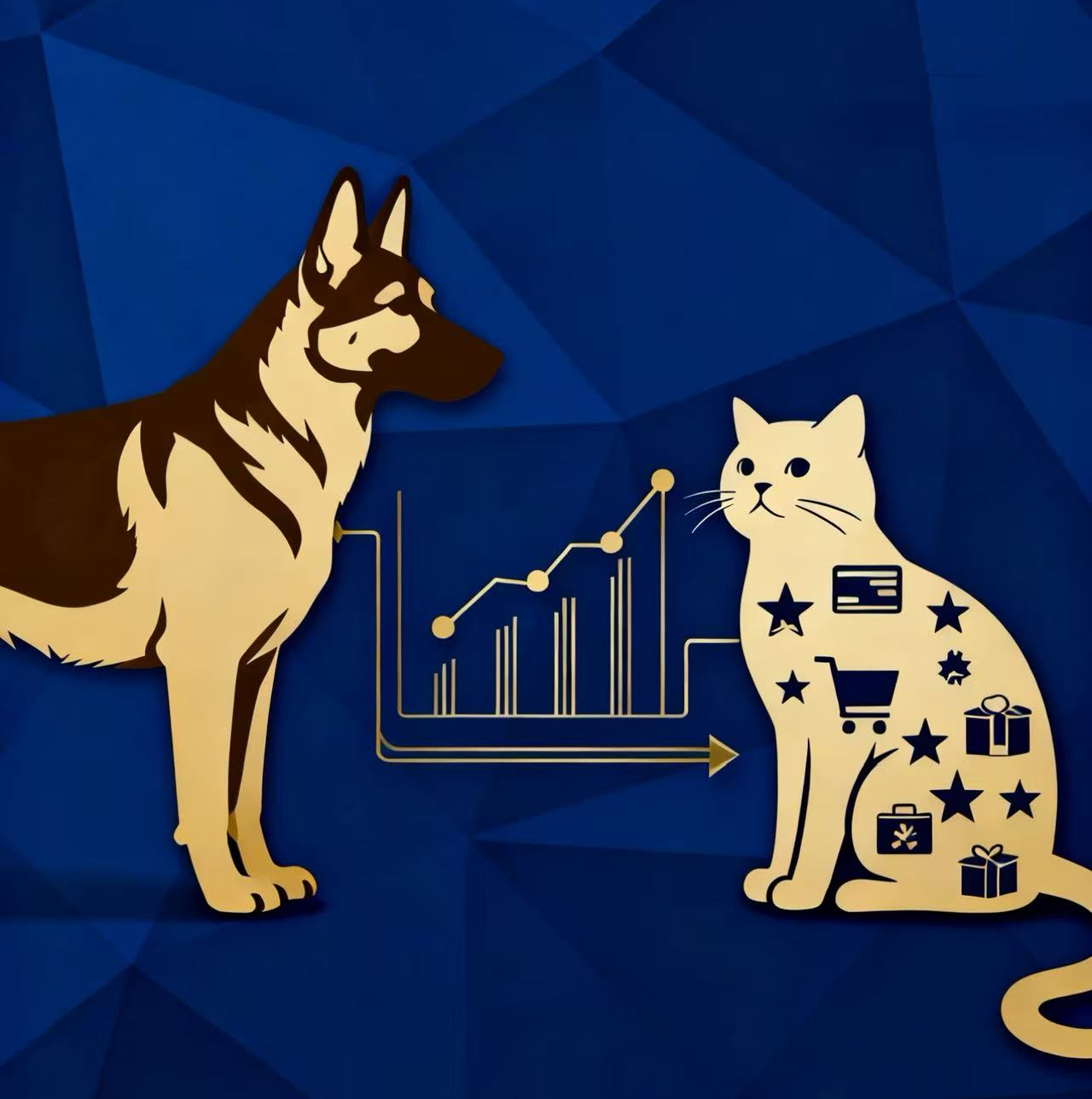Global Pet Products E-commerce Market Analysis
With the growing attention to pet welfare, the diversification and specialization of pet products have become an irresistible trend. Ranging from food and water supplies to health and grooming products, and further to bedding and entertainment items, each category not only meets the physical and psychological needs of pets but also creates a better companionship experience for pet owners.
The e-commerce market for pet products has been growing rapidly, driven by multiple factors including digitalization trends, increased demand for high-quality products from pet owners, and the commercialization of the pet industry. Particularly during the COVID-19 pandemic, people spent more time at home, which further boosted the demand for and attention to pets, thereby driving up the sales of online pet products.
The pet products sector is one of the fast-growing areas in the entire e-commerce industry. It is estimated that the global sales of home goods and pet care products will reach $119.5 billion by 2026. Although offline sales will remain at a high level by 2027, online sales are expected to grow significantly at a compound annual growth rate of 10%.
Pet product shoppers are keeping up with broader consumer shopping trends, using in-store, online, mass-market, and specialty channels to purchase pet products, further driving the omnichannel trend. According to 2022 data from Packaged Facts, 51% of Walmart pet product consumers also buy pet products at supermarkets, 33% also purchase online, and 27% additionally buy through specialty pet retailers.
Both vertical online retailers (such as Zooplus and Chewy) and comprehensive e-commerce platforms (such as Amazon, Alibaba, and eBay) have attracted a large number of pet owners by offering a wide range of product choices, convenient shopping experiences, and fast logistics services. Meanwhile, many small brands operating through localized channels or independent sites play a diverse and important role in the pet products industry, benefiting from their flexibility, personalization, and innovation.





